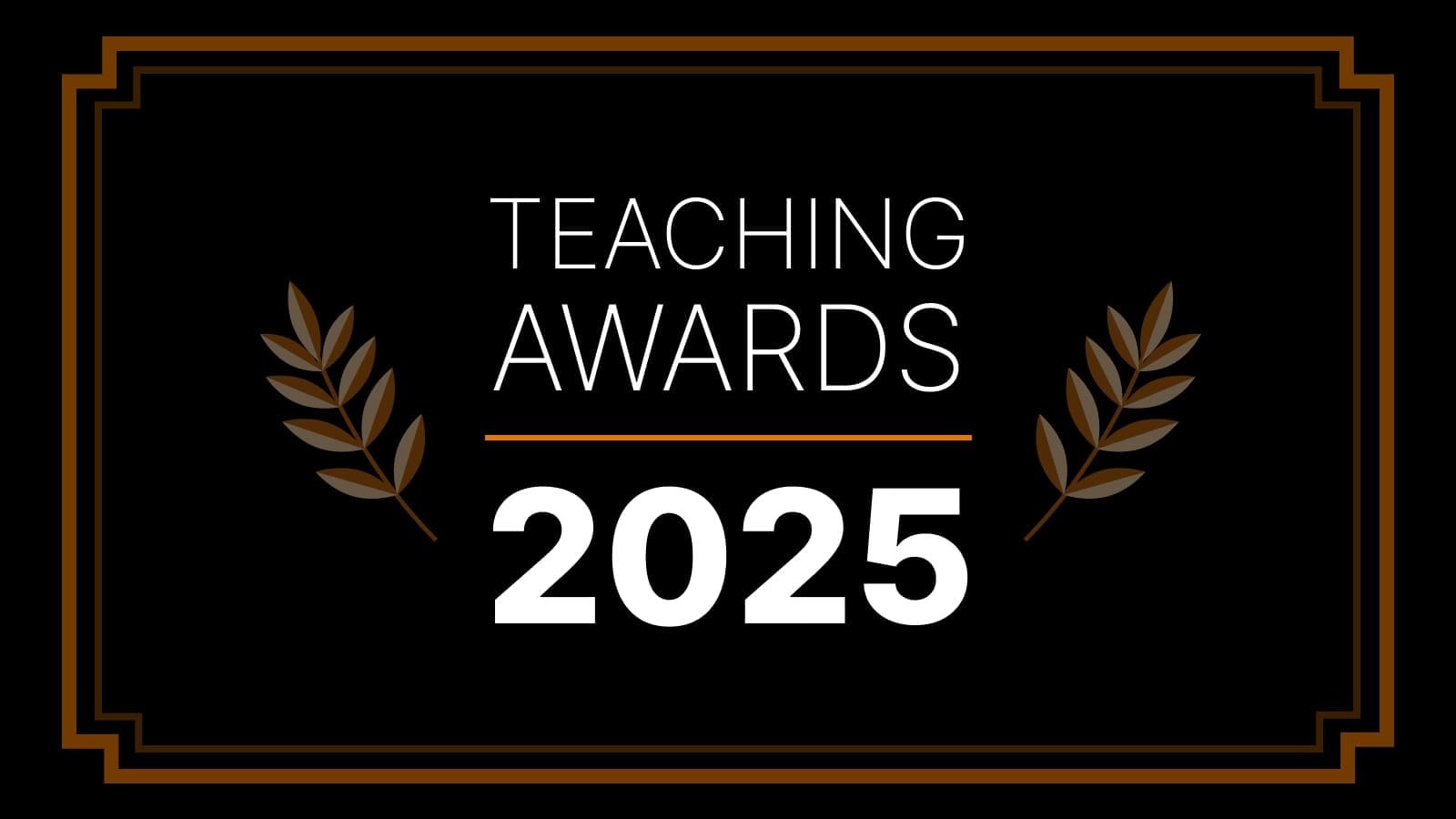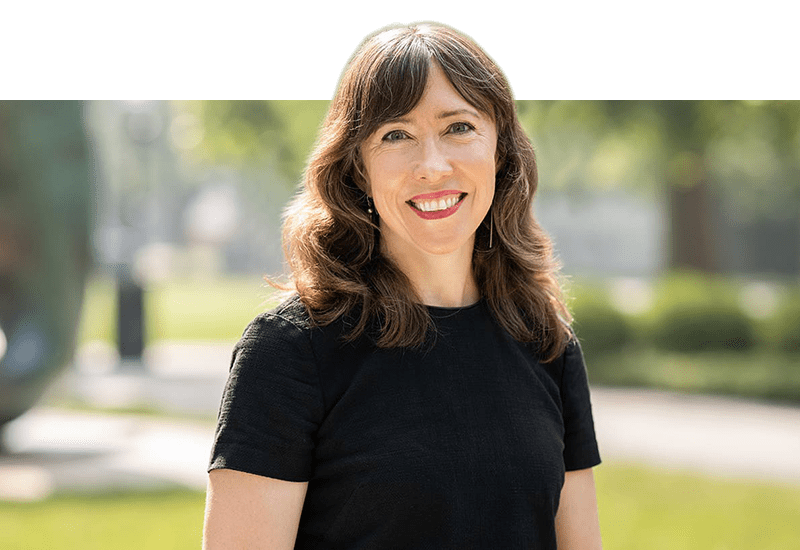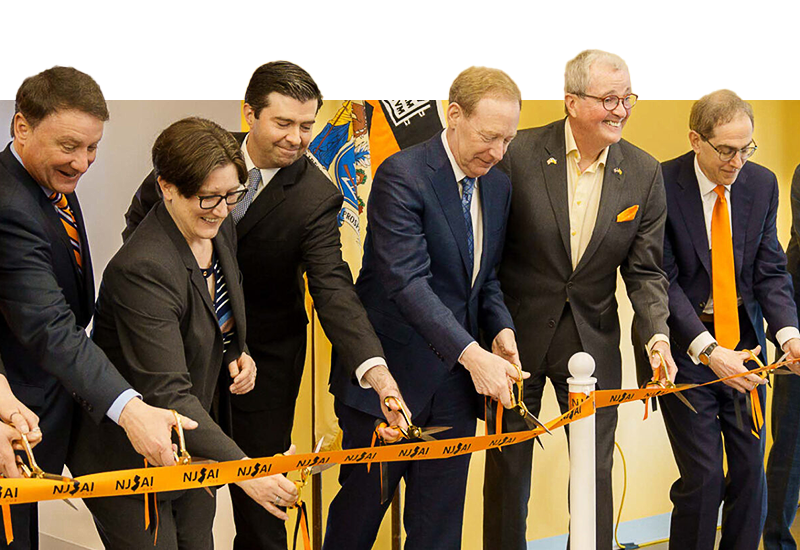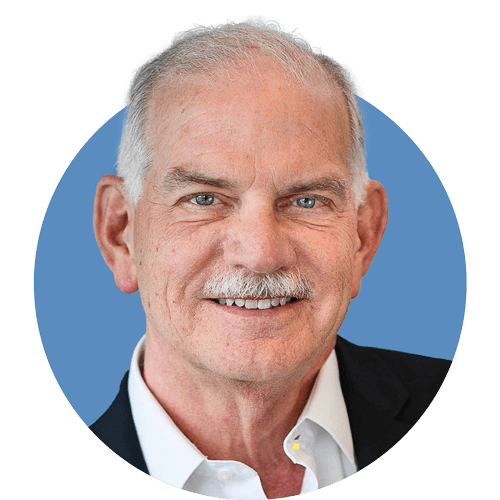Mentorship and freedom were defining experiences for new engineering deans: Jamieson *77, Munson *79 and Poor *77
By
on
They lived the graduate student life at Princeton, working long hours in offices just a few doors from each other, immersed in research but also absorbing a culture of mentorship and a broader sense of the world around them.
Nearly 30 years later, Leah Jamieson and Vince Poor, who graduated in 1977, and Dave Munson, who received his Ph.D. in 1979, have all risen to the top of their profession. Last summer, each became dean of a leading engineering school: Jamieson at Purdue University; Munson at the University of Michigan; and Poor at Princeton.
Jamieson, Munson and Poor all earned Ph.D.s from Princeton’s then-combined Department of Electrical Engineering and Computer Science. Poor and Munson were in the same research group, Information Sciences and Systems, with Poor advised by now-emeritus professor John Thomas and Munson advised by Bede Liu, who is still a full-time faculty member. Jamieson’s advisor was Ken Steiglitz, now professor of computer science.
While Munson compared the intensity of his graduate experience to being “shot from a gun,” all three said their time at Princeton helped them develop a working style that looks beyond the details of their research to see opportunities for teaching, innovation and solving problems for the greater good.
EQuad News recently arranged a conference call with the three newly minted deans; the following is an edited transcript of the conversation.
How has graduate education changed since your time at Princeton?
 Dave Munson: For me, it’s hard to judge because Princeton was a different place from other places even back then. The Princeton experience was incredibly intense, and I felt like when I came out of the Princeton Ph.D. program I was shot from a gun. I don’t know that other programs at other schools, at least most other programs at other schools, were quite like that.
Dave Munson: For me, it’s hard to judge because Princeton was a different place from other places even back then. The Princeton experience was incredibly intense, and I felt like when I came out of the Princeton Ph.D. program I was shot from a gun. I don’t know that other programs at other schools, at least most other programs at other schools, were quite like that.
.jpg) Leah Jamieson: I would agree with that. One change I’ve noticed — certainly one of the things that I see at a large scale in undergrad programs and now also in Ph.D. programs — is a more explicit component asking ‘How is this degree preparing you for a career in the real world?’ compared to an experience focused entirely on theory and research. At Purdue, we now are starting to talk with our Ph.D. students about professional practice instilled beyond research skills and that’s fairly new.
Leah Jamieson: I would agree with that. One change I’ve noticed — certainly one of the things that I see at a large scale in undergrad programs and now also in Ph.D. programs — is a more explicit component asking ‘How is this degree preparing you for a career in the real world?’ compared to an experience focused entirely on theory and research. At Purdue, we now are starting to talk with our Ph.D. students about professional practice instilled beyond research skills and that’s fairly new.
Does that mean turning dials and nuts and bolts? What does that encompass?
LJ: No, it’s not nuts and bolts. It’s emphasizing that whatever you end up doing you’re going to be practicing it in a context, maybe academia or maybe industry, but there are issues related to professionalism and ethics and communication that are going to be important no matter what you do. I don’t think that was ever explicit when I was a student.
 Vince Poor: Definitely the Ph.D. program at Princeton has gotten to be much more closely related to industry and application than it was when I was a student, at least in my own particular area of expertise. I remember that when I was a student there was very little discussion of industrial applications. It was a much more theoretical environment. The change is due partly to what Leah’s saying, that we realize students are going to be out there in the real world and they’re not all going to be academics. But it’s also partly just the winds of change in the field, that we’re all much more interested in the greater outside community and in how we impact that community than we were, I think, 30 years ago.
Vince Poor: Definitely the Ph.D. program at Princeton has gotten to be much more closely related to industry and application than it was when I was a student, at least in my own particular area of expertise. I remember that when I was a student there was very little discussion of industrial applications. It was a much more theoretical environment. The change is due partly to what Leah’s saying, that we realize students are going to be out there in the real world and they’re not all going to be academics. But it’s also partly just the winds of change in the field, that we’re all much more interested in the greater outside community and in how we impact that community than we were, I think, 30 years ago.
What do you see as the biggest issues facing academic engineering programs?
DM: At the undergrad level here at Michigan, we’re working hard on major interdisciplinary student projects and finding a way to formalize that as part of the curriculum. Leah has certainly done a lot in that area, but we have our own slant on it. We’re also working very hard on international programs, giving students a semester overseas, and working very hard on entrepreneurial programs and making it possible for students to start companies and for that to be integrated into part of the educational process. At the graduate level, we’re putting on big pushes in research on topics that have tremendous societal importance. We have a big new energy research center and a big new environmental sustainability research center. I’d say overall we’re trying to get more of our faculty involved in working on problems of global significance and not just on narrow specialties.
LJ: I think Dave’s exactly right. For undergraduates, multidisciplinary learning is very important, and at Purdue service learning is a major component of that, as well as entrepreneurship and certainly international experiences. If I think about challenges for engineering, certainly globalization is important. We find that half of our students say that they would love to have an international experience before they graduate, but engineering is actually one of the lowest participants, in general, in international programs. So there’s a burning issue about becoming more global and preparing our students for global careers.
Two of the other topics that we are focusing on are teaching innovation and teaching lifelong learning. The question about making people better lifelong learners — at both at the graduate and the undergraduate level — is an overarching theme in making sure that engineering addresses global problems and the context of the problems, whether it be energy or environment, healthcare engineering, sustainable systems, nanotechnology. Compared to five, ten years ago, when we used to talk about hiring faculty or educating students in specific disciplines — say, electrical or mechanical engineering — we’re now talking about focusing on these grand challenges. How do you hire faculty to work in the area of energy? How do you educate students to work in healthcare engineering?
DM: One difference probably between Michigan and Princeton and Purdue is that Michigan has a major medical school. That changes the dynamic tremendously. We are heavily into bio, the medical side of engineering, and have about 100 joint research projects, for example. So that opens many possibilities for addressing these cross-disciplinary societal problems.
VP: I would echo all of what Dave and Leah have said about this. The trends in engineering education are toward much greater emphasis on multi-disciplinary approaches to problems, a focus on the societal impact of what we do and on innovation, a greater adoption of experiential learning modes, and a recognition that our students will be working in a truly global community. At Princeton, I see the greatest challenge being to educate the next generation of leaders for a world in which technology is playing an ever more prominent role. This involves not only the education of engineering leaders, but also active participation in the education of all students at the University on issues of technology and its impact.
If there were something you could change overnight about your program, what would it be?
VP: The thing that seems to me to take the longest time and need the most lead time is the creation of new space. We have a lot of projects on the drawing board right now, and if I could do something instantly at Princeton, I’d love to just snap my fingers and have it be in place. So many other things could move faster then.
DM: I agree with Vince about space. Even as department chair, I was surprised at how much time I spent just trying to find space, especially for new faculty. We have built a lot of new space on my campus in the last few years, just opened a couple buildings in engineering — that helps a lot — but as soon as those open we’re on to the next thing, trying to talk about the next building that needs to be renovated, the next building that needs to be constructed and in my case a lot of the need is driven by large numbers of my departments moving into bio and nano research. They need different facilities because their current buildings are not suited for bio and nano. That’s been a big challenge to try to keep up with that pace — the change of faculty interests and faculty research areas.
LJ: We are perhaps at a different point in the curve on space because within a year or two we’re going to have 60 percent more space than we did two years ago. We’ve opened several of our new buildings and a few more are slated to open pretty soon, so although space is always a challenge, it feels like a lot is already coming into place for us. My wish would also be tied to resources and is consistent with this question of moving into new areas. What we need is a new kind of funding to seed some of the new interdisciplinary work. How do we seed projects that are not ready to compete for government funding? We also need new insights into how you build high performance, interdisciplinary new communities when people are distributed in different buildings.
It’s been a short time that you’ve all been in these posts — any surprises so far?
LJ: The biggest surprise has been the pace, frequency and intensity of decision-making. There are days when I’m making decisions, in some cases major decisions, one after another, and I don’t think I had expected that pace. The other surprise is that now I find it hard to have casual conversations because the minute I say something people feel they have to listen to me.
VP: Yes! I’ve noticed that too. I would say that the biggest surprise to me was how intellectually satisfying the work is. Even though people told me it would be like that, I didn’t really believe it; I thought it was just part of recruiting rhetoric. Having spent my career as a researcher and a teacher, I always felt that those were the things you did for intellectual stimulation, and administration was really somehow not that intellectually stimulating. But I’ve found it to be very stimulating. I’m really excited in the morning about the things I have to think about that day.
DM: I would say for me the biggest surprise was how little time it took to be integrated into the upper levels of the university administration and to be on a first-name basis with everybody. Michigan is a big place with 40,000 students and I don’t know how many faculty. I would have expected that after a year or so I would know everybody and eventually figure things out. But really after a month or two I knew everybody. It was just a tremendous pace of meetings in the beginning. I guess I would have expected there to be some separation between parts of the upper administration and me, but my institution is all very integrated.
What do you remember most fondly about your time as students at Princeton?
DM: I remember a couple of things that are awfully positive. One was the exceptional quality of the student body. I was very, very impressed with my fellow students and learned a lot from them. The other thing is just the huge amount of time that I was able to spend with my adviser, Bede Liu, and the very fine mentoring I received. Bede had a group of reasonable size and worked very long hours and a lot of other faculty were in a similar mode, so they were always around. If you had a faculty adviser at Princeton, boy, you really had an adviser and you spent a lot of time with that person. That really helped set up my entire career.
LJ: Yes, I agree with that — the advising, and I would say the camaraderie of the students, which at least in my case maybe came from running computer jobs in the middle of the night. That builds its own sort of community.
The other aspect of the mentoring that I appreciated a little while I was there but more so as time went by was the sense that you were in an intellectual community at Princeton but also an intellectual community that extended far beyond Princeton. I remember Ken Steiglitz introducing me to people at conferences, for example, and thinking about who those people were, recognizing that he was part of this incredible intellectual community, that he was introducing me into that community. That feeling of inclusion was a very important part of the mentoring, and it took me a while to understand how important it was.
VP: I agree, and another thing I would say is that I felt that I had an enormous amount of freedom as a student. Even though my adviser — like Dave’s and Leah’s — was always willing to spend time with me, I really had a lot of freedom just to explore. The research style in the department and the research topics that we were working on were such that I could really go in many different directions and allow myself to explore those directions. The freedom to do that was very important in establishing an intellectual work style that has been very good for me and my career. I don’t feel that I have to focus every moment on the most immediate problem at hand. I recognize that it’s productive sometimes to sit back and think about things that are a little bit out of the box, and I learned that in my days as a graduate student at Princeton. It was a great environment that really promoted creative thought.






